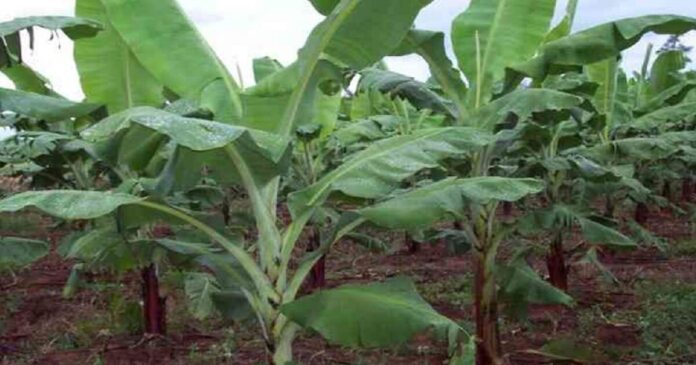Plantains (Musa spp., AAB genome) are plants producing fruits that remain starchy at maturity (Marriot and Lancaster, 1983; Robinson, 1996) and need processing before consumption.
Plantain production in Africa is estimated at more than 50% of worldwide production (FAO, 1990). The majority (82%) of plantains in Africa are produced in the area stretching from the lowlands of Guinea and Liberia to the central basin of the Democratic Republic of Congo. West and Central Africa contribute 61 and 21%, respectively (FAO, 1986). It is estimated that about 70 million people in West and Central Africa derive more than 25% of their carbohydrates from plantains, making them one of the most important sources of food energy throughout the African lowland humid forest zone (Swennen, 1990).
Nigeria is one of the largest plantain producing countries in the world (FAO,2006).
Despite its prominence, Nigeria does not feature among plantain exporting nations because it produces more for local consumption than for export. National per capita consumption figures show its importance relative to other starch staples (FAO, 1986).
However, these figures do not show regional reliance, which is often very important for highly perishable crops that are usually consumed in or near areas of production. The consumption of plantain has risen tremendously in Nigeria in recent years because of the rapidly increasing urbanization and the great demand for easy and convenient foods by the non-farming urban populations. Besides being the staple for many people in more humid regions, plantain is a delicacy and favoured snack for people even in other ecologies.
A growing industry, mainly plantain chips, is believed to be responsible for the high demand being experienced now in the country. This study reviews the trend of plantain production, its problems and prospects in Nigeria in the last two decades.
Source: IITA, 2014
Image credits: nairaland.com
View source document
Plantain-Cultivation-in-West-Africa


